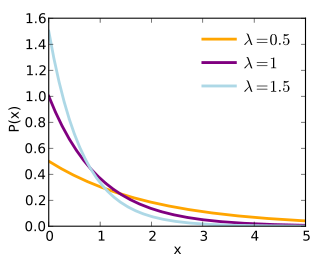The troposphere is the area of the atmosphere where you and I live and breathe. It is between 5 - 9 miles thick, depending on your location on Earth. Its name derives from "Tropos”, meaning change, because weather and clouds form in this region of the atmosphere.
Aerosols are small particles suspended in the atmosphere. Sunlight can be absorbed or reflected from the surface of aerosols depending on the size and type of aerosols. These factor determine the atmospheric properties of the aerosol. Aerosols generally have short atmospheric lifetimes compared to greenhouse gases, such as carbon dioxide. For example, black carbon, a type of aerosol emitted from incomplete combustion and biomass burning, have an atmospheric lifetime between 3-5 days.
Tropospheric aerosols are very important to understand because they impact the climate, but also can impact the quality of human health. For example, very fine particles, called Particulate Matter (PM) 2.5, a reference to the diameter of the aerosols in micrometers, are dangerous from humans and leads to increased cardiovascular problems and even death.




 Image from NOAA's Hurricane Hunters
Image from NOAA's Hurricane Hunters